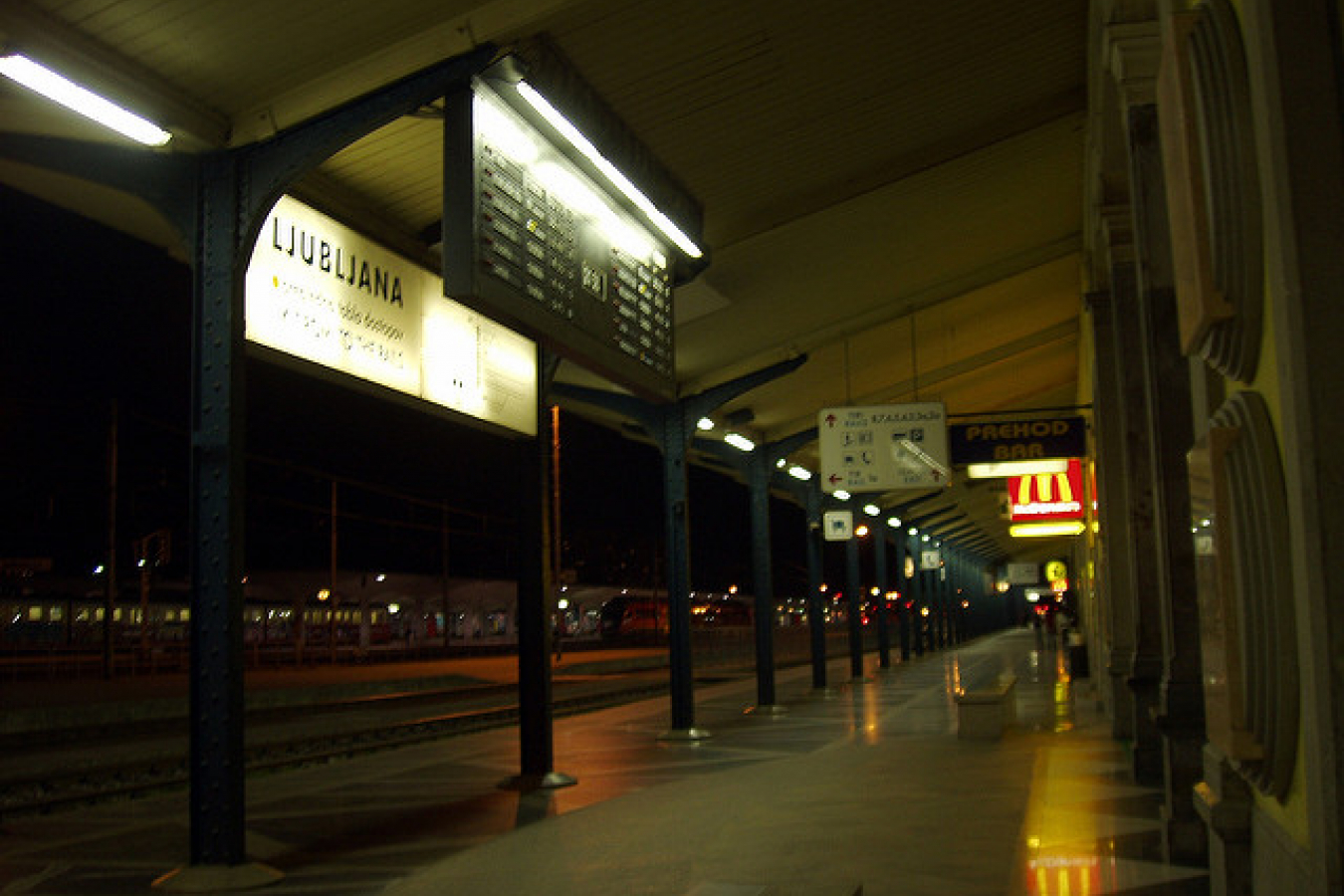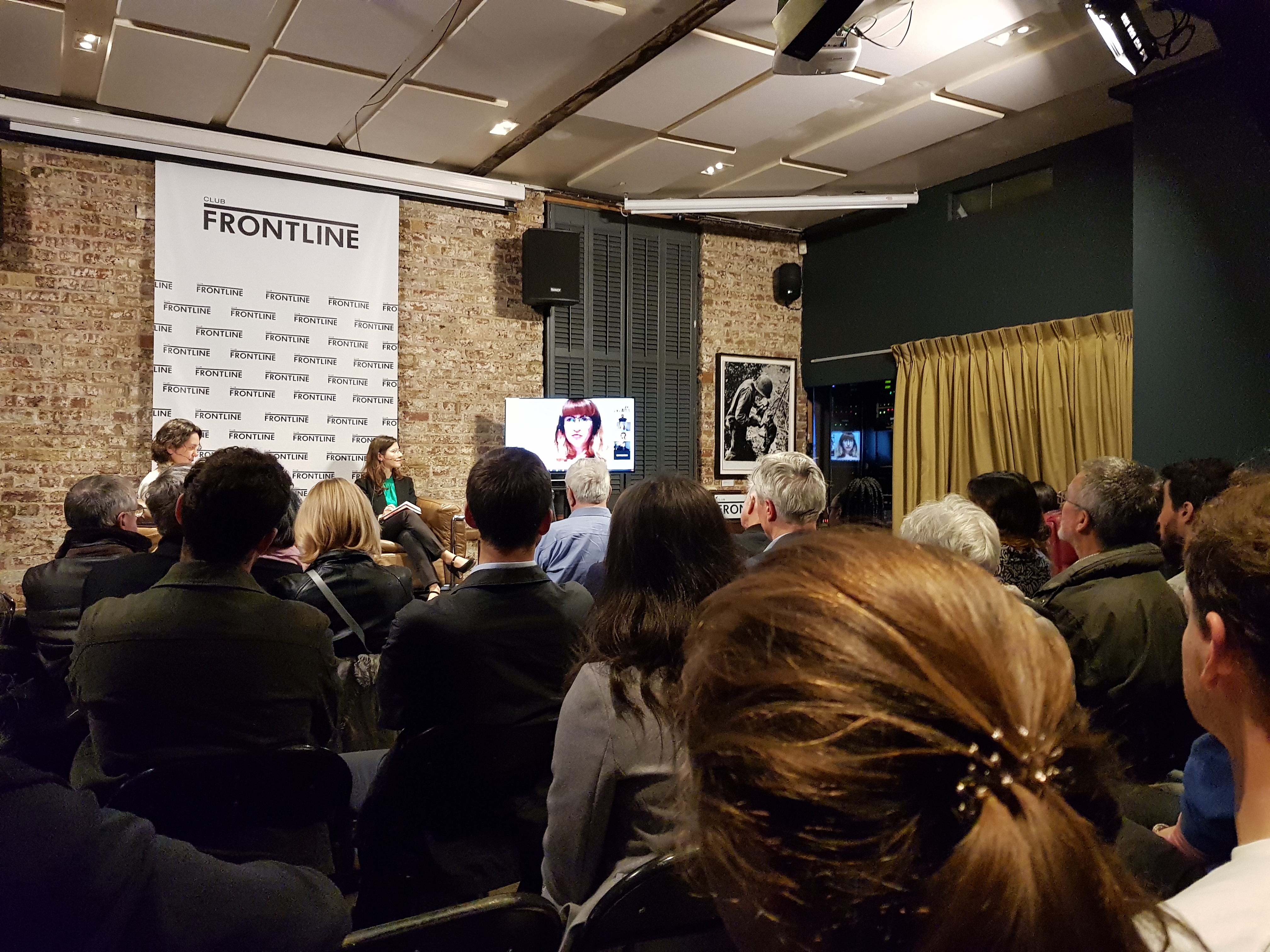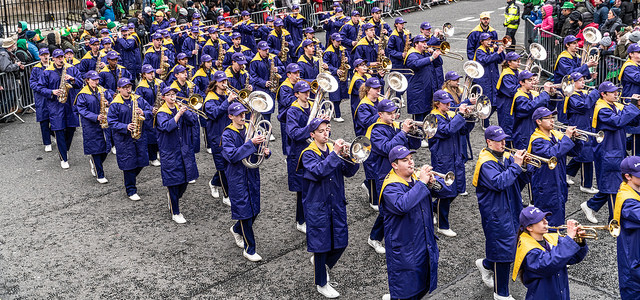 • Watch This Video
• Watch This VideoOn 01 January 2007, Slovenia has become Europe's first former communist country to adopt the euro ( € ) as its official currency; it is also the first of the ten States that joined to form the EU-25 in May 2004.
The euro symbol was displayed on flags, balloons and t-shirts at New Year's Eve celebrations in the capital Ljubljana as Slovenes prepared for the switch.
Slovenia is following a 'Big Bang Scenario', meaning that euro cash is being introduced immediately, at the same time the country entered the euro area on 01 January 2007. A short period of dual currency circulation will follow, from 01 through 14 January 2007, during which payments in tolar banknotes and coins will still be possible. Officially, the euro is the currency, though.
Cash exchange - free of charge - will be possible at all banks until 01 March 2007; thereafter the Bank of Slovenia will still exchange tolar banknotes free of charge for an unlimited period, and tolar coins until the end of 2016. All money on deposit, including money in transaction accounts, was automatically converted into euros on 01 January 2007.
It has been compulsory in Slovenia to display prices for both goods and services in both currencies since 01 March 2006. This is intended to accustom consumers to prices in euros and help prevent unjustified price hikes. Dual pricing in tolars and euros will continue to be mandatory until the end of June 2007.
Now, the Slovene tolar is just another currency that collectors can search out in the markets.
Few Slovenes are making a drama out of it. A glance at some of the other banknotes on sale shows why. The euro is the fourth currency that Slovenes have used in less than 20 years.
"First it was the Yugoslav dinar, then after independence in 1991 we had an interim currency before we started using the tolar," explains Anja Sosek.
She is one of a team offering advice about the euro to Slovene consumers.
The Slovenes in general think the euro will encourage more tourists to visit their beautiful old cities, soaring mountains and ski runs, as it will remove the hassle of changing currency first.
Even critics of the government are broadly in favor of the change, saying it will encourage the government to reform the economy more quickly.
At least half a dozen other European mini-states and territories are using the currency as legal tender - without approval from the European Central Bank.
The euro was introduced five years ago to provide economic cohesion among EU countries. But euros also are in circulation in dozens of countries and overseas territories from the North Atlantic to the Pacific.
In Europe, Montenegro, Vatican City, San Marino and the principalities of Andorra and Monaco have used the euro since its inception.
In the province of Kosovo - administered by the United Nations, but technically still part of Serbia - the euro circulates alongside the Serbian dinar.
The European Central Bank has not opposed "unilateral euroization" by mini-states that historically have been linked to the French franc, Spanish peseta or German mark as legal tender.
"The ECB does not either encourage nor deter third countries from using the euro," the ECB president, Jean-Claude Trichet, said recently.
Last month Iran switched over to conducting all states transactions in euros.
Unlike Denmark, Sweden and the UK, the new member states cannot opt-out from the European Monetary Union. All new European Union members will have to switch to the euro. It is just a matter of time and scheduling.
Related:
• European Commission - Eurozone economy strong for 2007• EU short of skilled labor
• EU and EEA labor market trends
• US dollar falls to 5-month low against euro
• Overseas labour exert positive economic impact in study
• EU sets 2007 target for scrapping border controls




